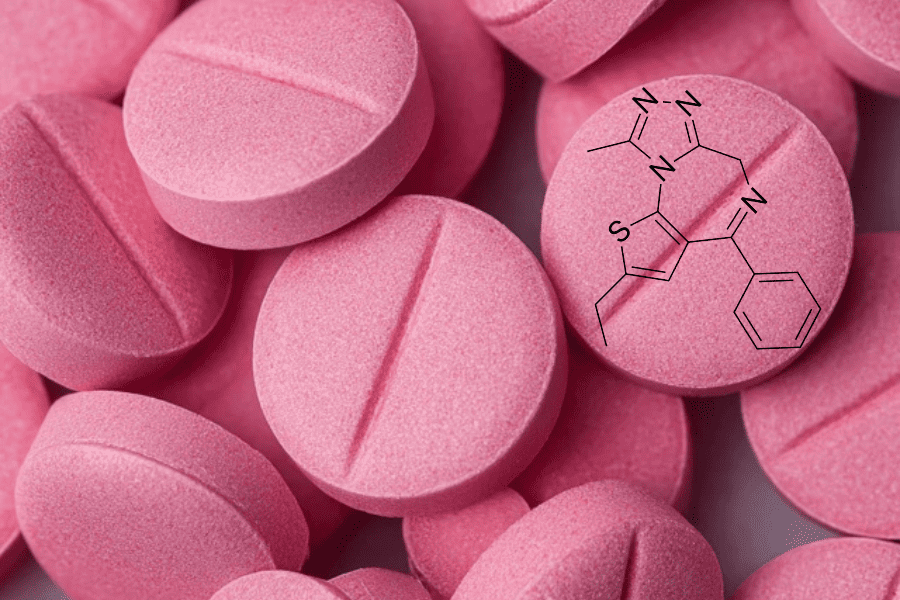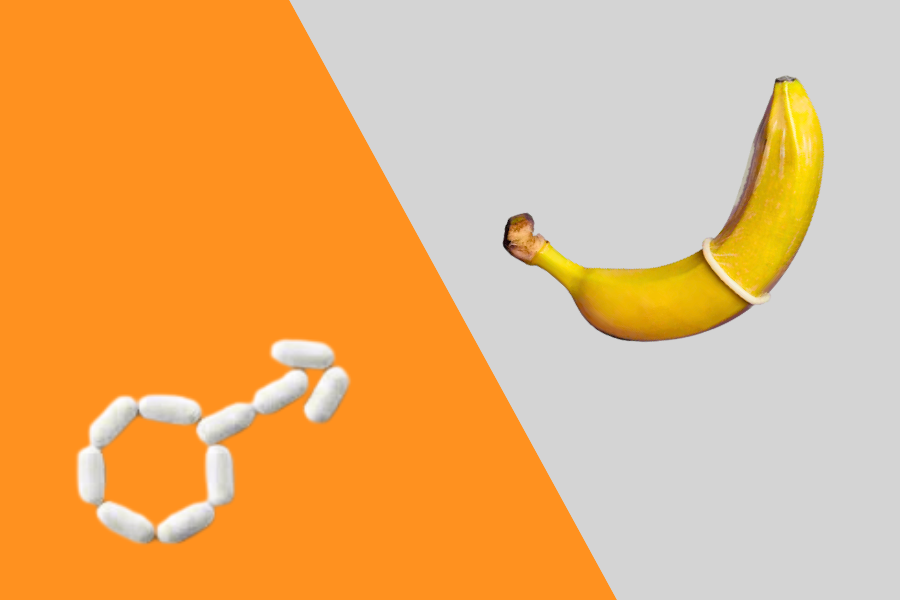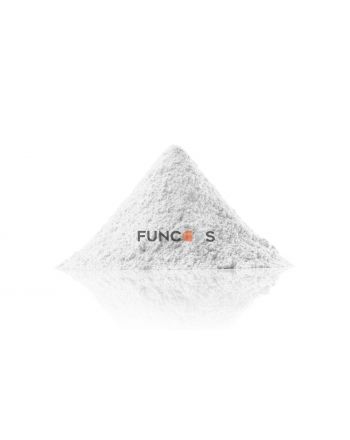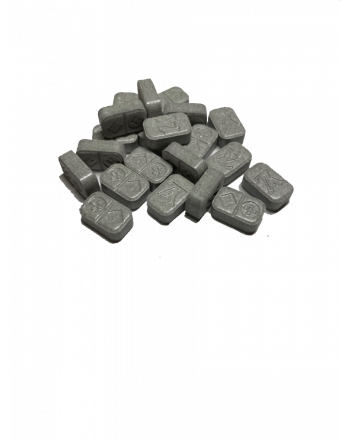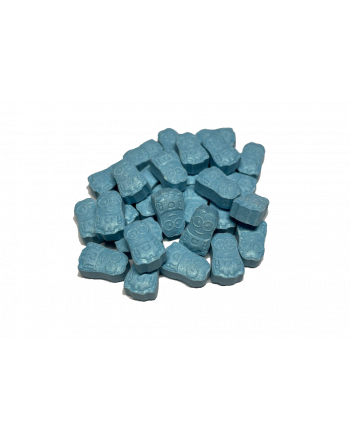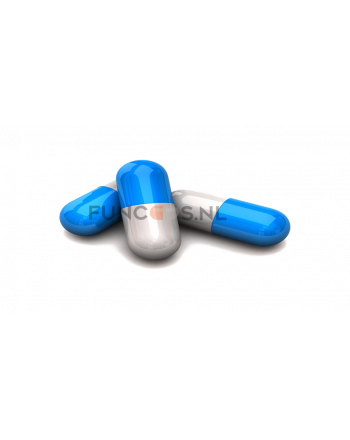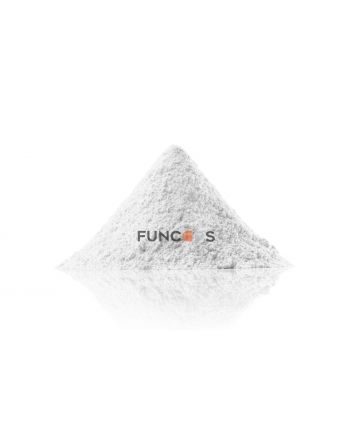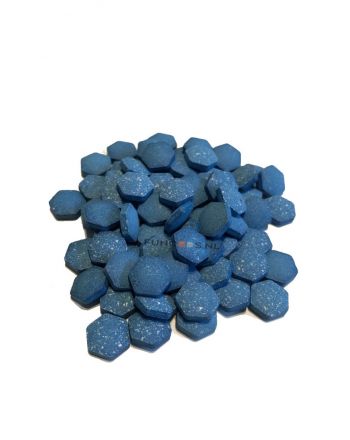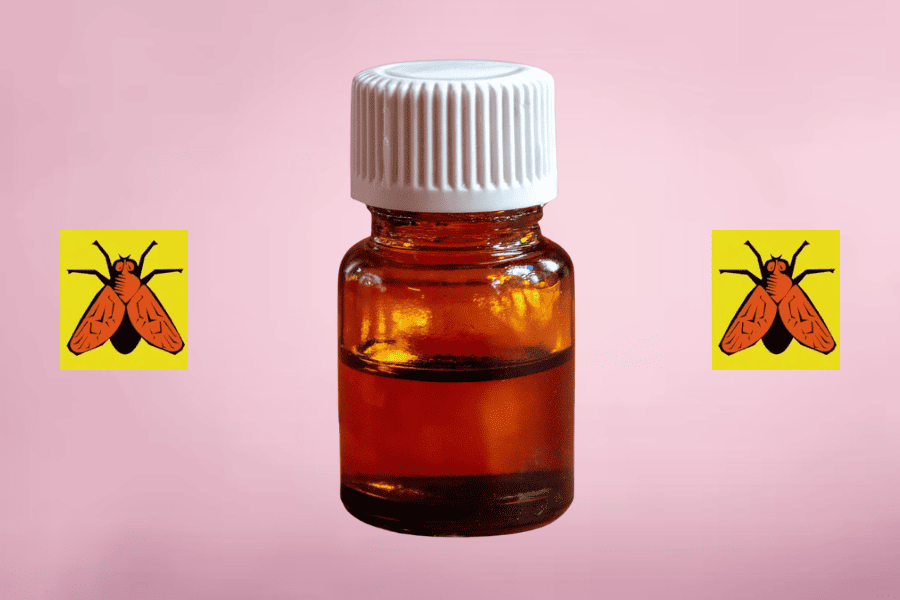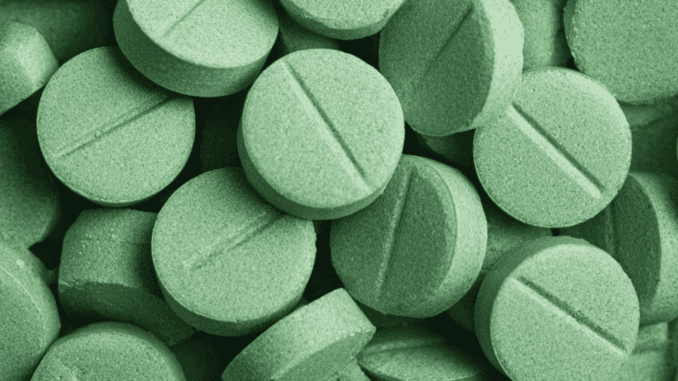What is 3-MMC?
- Funcaps
- Blogs about research chemicals
- 4 Jul 2025
- 45views
- Reading time: 6 minutes
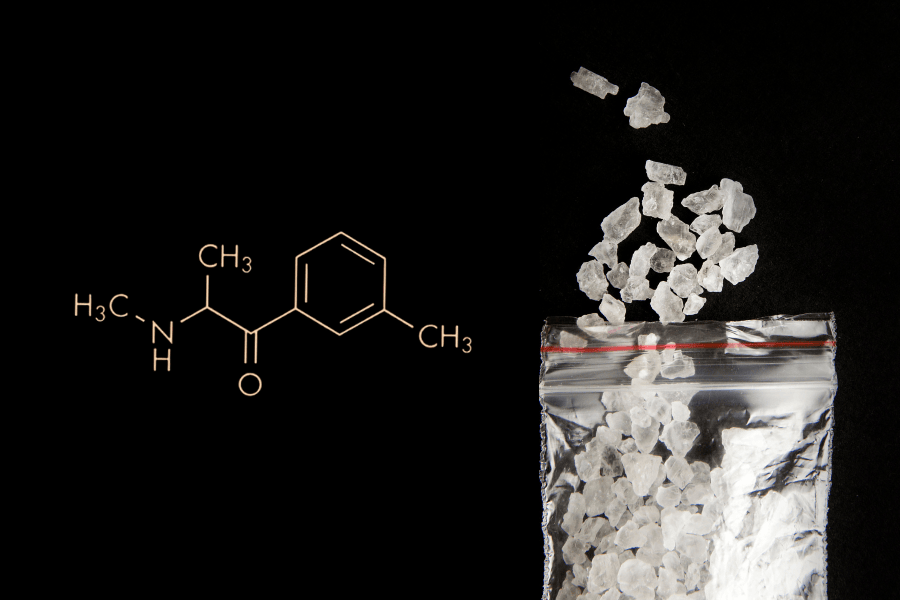
You may have heard of it before: 3-MMC. This substance has often appeared in the news, on forums and in conversations about party drugs in recent years. 3-MMC is a drug that has quite a few other names: Meow, Miaow (sometimes even Meow Meow or Miaow Miaow) and 3M. The drug has been in the scene since 2012. This is a very short time, which is why the drug is also referred to as a designer drug or new psychoactive substance. Its emergence is not without concern. In this blog, you will discover what 3-MMC is, its effects, the risks associated with it and the extent to which it is addictive.
What is 3MMC: how it works and its effects explained
3-MMC (3-methylmethcathinone) is a synthetic substance that belongs to the class of cathinones. These substances are structurally related to cathinone from the khat plant. This substance is produced entirely in laboratories and therefore does not originate from nature. 3-MMC often comes in the form of crystals, powder, capsules or pellets (pills). The difference between 3-MMC and 4-MMC is something you can see with the naked eye; 3MMC is transparent, clear or white, and 4MMC is always slightly more brown in colour.
The effect of 3-MMC is what users describe as a combination of MDMA and cocaine, but with a stronger tendency towards MDMA. In other words, the euphoria of MDMA with the confidence of coke. Many people use it at parties, festivals or at home to stay awake longer, feel euphoric or seek more contact with others.
Common effects:
- More energy;
- Increased alertness;
- More self-confidence;
- Euphoric or “happy” feeling;
- Increased need for social contact.
How is 3-MMC used?
3-MMC is usually snorted, but it can also be taken orally. This is commonly in the form of a pill, capsule or some people even put it in a rolling paper (bomb) and pour it down with water. When snorting 3-MMC, the effects start after 10 to 30 minutes and can last for 2 to 4 hours. When 3-MMC is swallowed in pill or capsule form, the effects can last up to 4 to 6 hours. But, this will also take longer to feel any effects (30 minutes to an hour). This is often followed by a dip, during which you may feel tired, empty or even gloomy. This is also known as the Tuesday dip. The more you take, the more unpleasant the 3-MMC comedown becomes.
Possible side effects
Although the effects may seem positive, there are also many reports of unpleasant or even dangerous side effects. These can vary greatly depending on the person, dose and situation. Common side effects include:
- Nausea or vomiting;
- Increased heart rate and blood pressure;
- Overheating or sweating;
- Reduced appetite;
- Dilated pupils;
- Increased muscle tension;
- Dry mouth;
- Jaw clenching or teeth grinding;
- Anxiety or panic attacks;
- Confusion or even paranoia.
In some cases, medical attention is required, especially with high doses or when other substances are combined with 3MMC.

What are alternatives to 3-MMC?
Following the ban on 3-MMC, several other research chemicals have emerged on the market that are structurally similar and have similar effects. Examples include substances such as 2-MMC and 2-CMC. These substances often fell till July 2025 just outside the scope of the legislation. These alternatives have also frequently been little researched and may pose health risks. The lack of reliable information and pure production makes it difficult to guarantee responsible use.
Earlier illegal substances that resemble 3-MMC in terms of structure and effect include 3-CMC, 4-MMC and NEP. If you prefer not to take any risks, it is better to choose legal supplements or natural alternatives that are not psychoactive.
Risks and consequences of 3-MMC
The name may suggest that 3-MMC always has the same composition, but unfortunately, this is not the case. Because the substance is illegal, it is often produced in unregulated laboratories. Sometimes other substances are added to enhance their effects or reduce costs. This means that the content and purity can vary from batch to batch.
Although 3-MMC is theoretically a single chemical substance, in practice, you often end up with an unpredictable mix. This increases the risk of an undesirable or dangerous reaction, even if you think you “know” the drug.
It was already known that the use of 3-MMC is not without risk. But in addition to the immediate side effects, long-term use can also lead to psychological and physical problems. The risk of damage increases, especially with regular or high use.
Possible long-term consequences:
- Disturbed sleep pattern;
- Problems with memory or concentration;
- Increased risk of depression or anxiety disorders;
- Habituation and needing more to achieve the same effect;
- Problems in relationships, work or study;
- Internal damage (e.g. in your nose from snorting 3MMC).
In addition, there is a risk of developing dependence, which we will now discuss in more detail.
3-MMC addiction
Although 3-MMC is not physically addictive like alcohol or nicotine, it can be mentally addictive. This means that you increasingly crave the drug, for example, to cope with social situations or avoid negative feelings. Before you know it, you are not only using it at parties, but also at home or even during the week.
What many people do not know is that 3-MMC affects your serotonin levels in the brain. Serotonin is the substance that, among other things, creates feelings of happiness and satisfaction. After use, those reserves are depleted, and it takes time for your body to replenish them naturally. But if you want to fill that void quickly, you are more likely to resort to 3-MMC again. This creates a vicious circle: you feel empty, take something to feel better, and become increasingly dependent.
In the long run, you may start to feel gloomy or listless without the drug. You then “have” to take it to feel normal again. This is a clear sign that your use is no longer under control.
Legislation and regulations
Previously, in October 2021, 3-MMC was placed on List II of the Opium Act. Since April 2024, 3-MMC has been on List I of the Opium Act. This means that the possession, production and sale of 3-MMC are prohibited. It is therefore considered a hard drug. This means:
- You are no longer allowed to possess it;
- It is a criminal offence to sell or buy 3-MMC;
- Penalties can range from fines to imprisonment;
- Ordering it online from abroad is also illegal.
Nevertheless, 3-MMC is still being offered through illegal channels. This makes it difficult to monitor its quality and distribution.
3-MMC: what seems great, is not always the case...
You now know more about what 3-MMC is and why this substance has received so much attention in recent years. The drug seems attractive because of its energetic and euphoric effects, but it also carries significant risks. Furthermore, the ban means that there is no longer any control over production and composition, which makes its use unpredictable and dangerous. If you do intend to use a new substance, make sure you are well informed about it. Being better informed is the first step towards making wiser choices.
